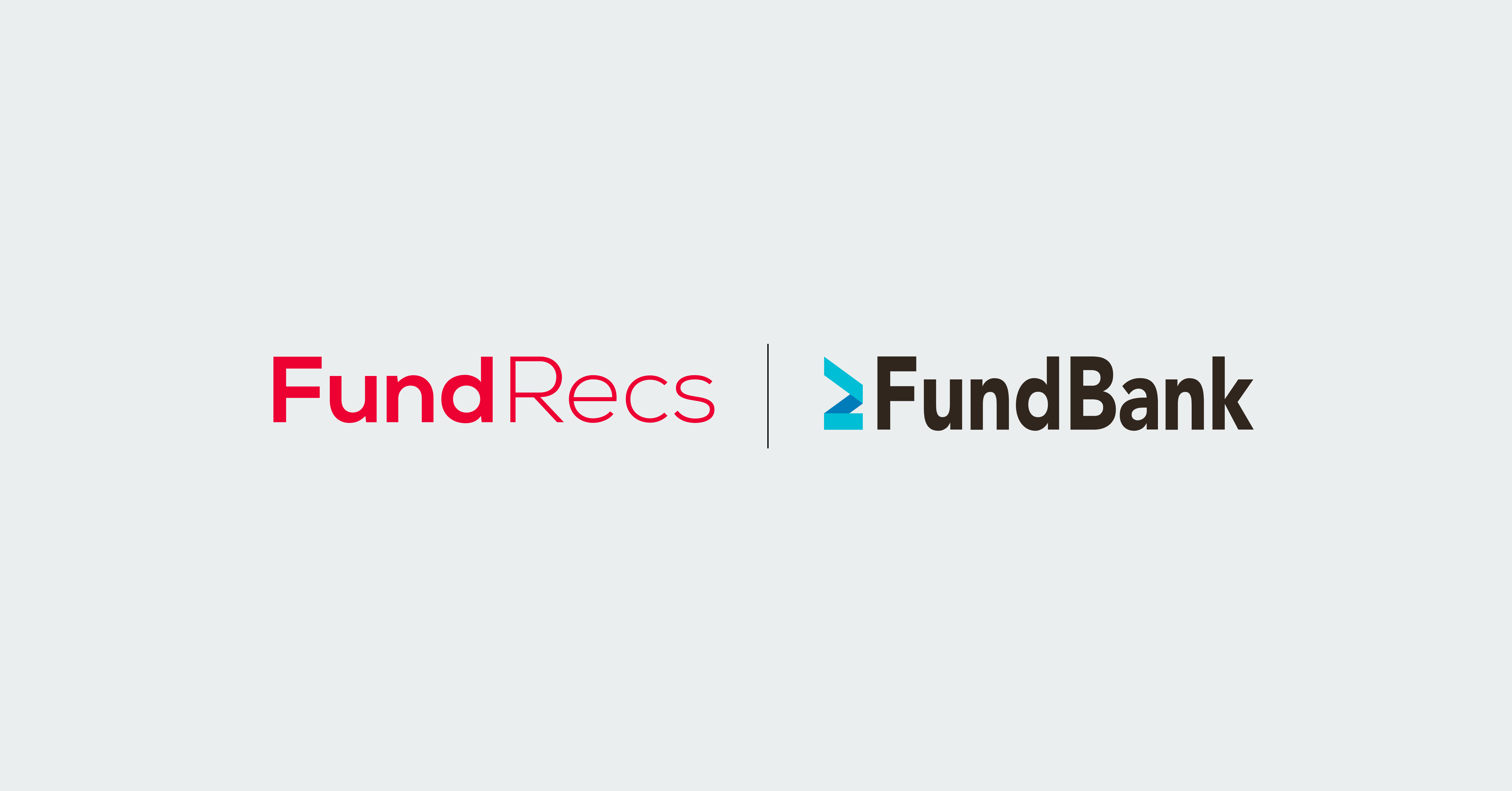Do we need a Hedge Fund Shadow NAV in 2015?


Are hedge funds throwing away thousands of dollars by insisting on duplicating the fund accounting function? One of the key responsibilities of the fund administrator is to calculate the fund net asset valuation, the official NAV. Surely they can get that right, right?
So what is the shadow NAV?
The shadow NAV is the NAV calculation completed in order to verify the official NAV. It could be completed by the hedge fund manager or it could be outsourced to a specialist service provider. Indeed, the fund could appoint a second fund administrator to calculate the shadow NAV.
Scope of the Shadow NAV
Most administrators are familiar with the manner in which the hedge fund manager will agree the official NAV before publication. What is the nature of the process used by the manager? Is it verification or validation? Is the manager replicating full accounting or merely ensuring that the NAV is within a level of tolerance, within a certain number of basis points of the manager's estimated NAV. It depends. There is no one-size fits-all.
Partial Accounting and Full Accounting
Partial shadow accounting could consist of agreeing daily profit and loss numbers, verifying cash and portfolio valuations. Full shadow accounting does what the term suggests. It replicates the accounting records completely. Not only at portfolio-level but also at investor-level.
Sounds like unnecessary duplication. Why bother?
Investors
The push for full shadow NAV accounting has come primarily from investors. The last decade has seen an increase in the need for transparency and accountability. It's worth reminding ourselves that, while the fund can delegate the function of calculating the official NAV to an administrator, it cannot delegate the responsibility for the accuracy of the NAV. It is the fund that is ultimately responsible to investors for the NAV calculation. So it can make perfect sense for investors to demand some sort of oversight.
NAV Errors
The most likely causes of significant NAV errors arise as a result of the mis-pricing of instruments held in the portfolio. This is most likely to arise with OTC, illiquid, complex instruments.
Not long ago, a new fund manager examined an existing portfolio line-by-line only to find a number of bonds that had defaulted months earlier.
Another challenge in fund accounting arises in relation to incentive or performance fees. As some fee structures have become increasingly complex, there has been a retrograde step in the increase in the use of spreadsheets to allocate fees at investor level.
And even with relatively simple portfolios and simple fund structures, errors can still arise in relation to corporate actions, income or expense accruals and trades.
Don't they trust the Fund Administrator?
There is no doubting the integrity or capability of the vast majority of fund administrators. But there is also no escaping three basic facts.
1. GlobeOp
In 2009 GlobeOp paid out US$43.5million to Regents Park Capital Management, a UK hedge fund, as a result of claims that GlobeOp miscalculated the NAV.
A couple of years before that, GlobeOp was sued by Archeus Capital Management. Archeus claimed shortcomings arose in relation to reconciliations with prime brokers and that this was due to GlobeOp employees being, among other things, under-trained.
2. Legacy Systems
Some administrators have been using the same systems for a long time. Integrating transfer agency, portfolio, fund accounting and reporting systems or modules with further add-ons and off-line applications can be challenging to say the least. An administrator might be perfectly adept at handling current fund structures or portfolios but then find themselves stretched when having to adapt to something new. Invariably, the only constant in hedge funds is change. And that presents challenges for administrators.
3. Full Shadow Accounting Is Happening
Fund service providers are succeeding in offering full shadow NAV outsourced services to hedge funds. Some have taken this even further. Famously, Bridgewater Associates appointed Northern Trust to perform shadow fund accounting services for funds for which BNY Mellon was the administrator. While effectively hiring a second administrator is one end of the spectrum, let's consider more common scenarios.
Who calculates the Shadow NAV?
Whether partial or full shadow accounting is chosen, and whether it is done in-house or outsourced depends on a number of factors. What does the investor want? And what are the associated costs.
Regarding in-house or outsourced, it has been suggested that, for the most part
- Large managers (AUM >US$10 billion) have the expertise and technology to complete shadow accounting in-house
- Managers with less than US$1 billion are most likely to do their own shadow accounting
- The mid-size managers (US$1 to US$10 billion) are most likely to outsource.
Summary
The (governing body of the) fund is ultimately responsible for the accuracy of the official NAV.
The fund can outsource (delegate) the task of NAV calculation. But it cannot delegate the responsibility.
The decision regarding full or partial shadow accounting is made in light of investor demands and costs.
The decision regarding in-house or outsourced shadow accounting depends largely on resources but investor and regulatory requirements can also be considerations.
This guest post was authored by Alan Farrell, Founder of Quickstep Training
TO LEARN MORE ABOUT FUND OPERATIONS, FINANCIAL REPORTING AND REGULATION VISIT QUICKSTEP.IE
About Quickstep Training
Alan Farrell launched Quickstep Training in 2005 to provide training for fund service providers. Online courses by Quickstep help fund administrators, investment managers and trustees deliver a better service to their clients.
Before Quickstep, Alan worked with leading fund administrators and investment managers in pricing, fund accounting and financial reporting. He has also lectured at Dublin Business School and the National College of Ireland on ACCA, CFA and Master in Finance programmes. Alan is a fellow of the Association of Chartered Certified Accountants (FCCA).


